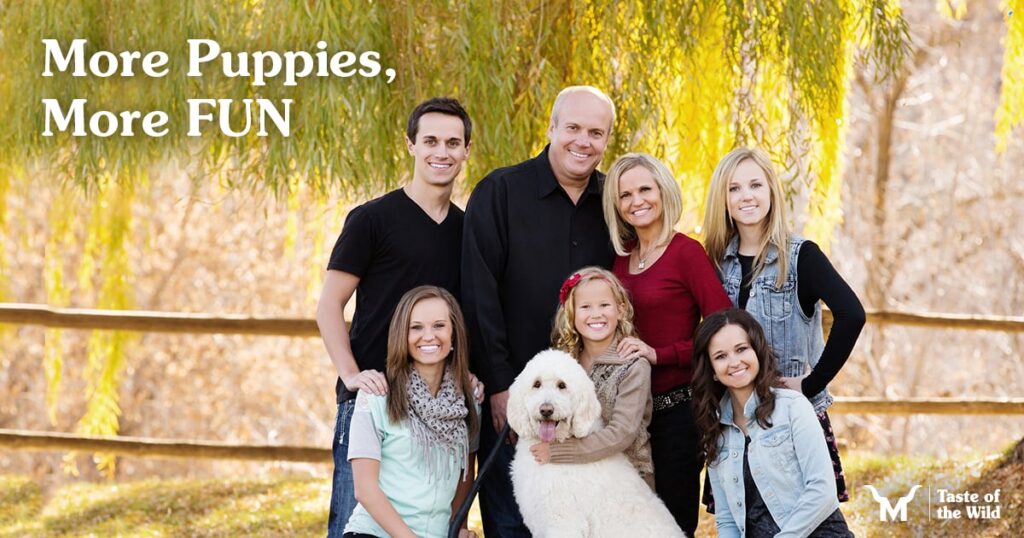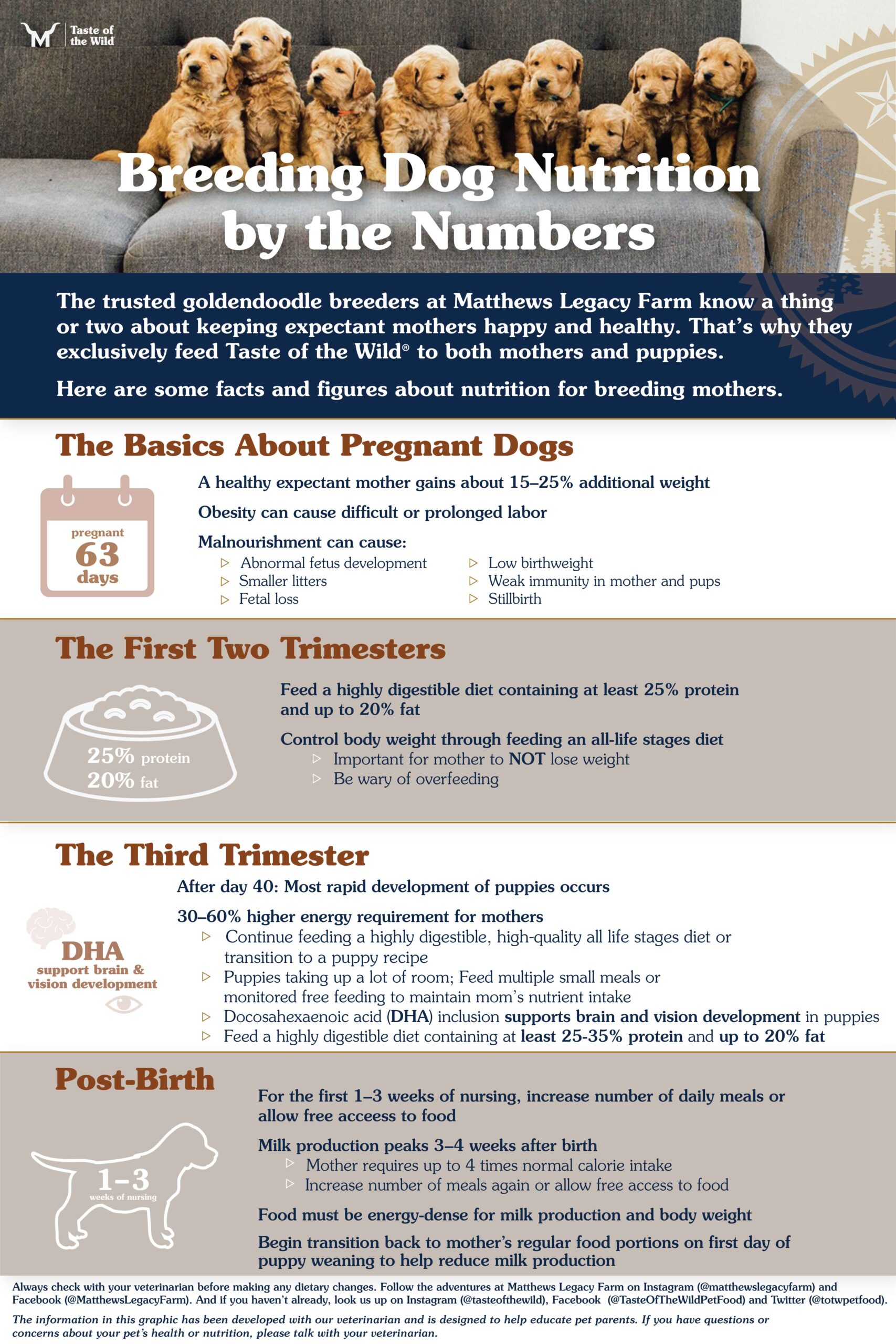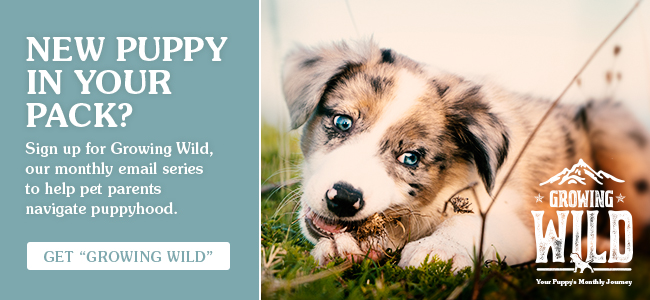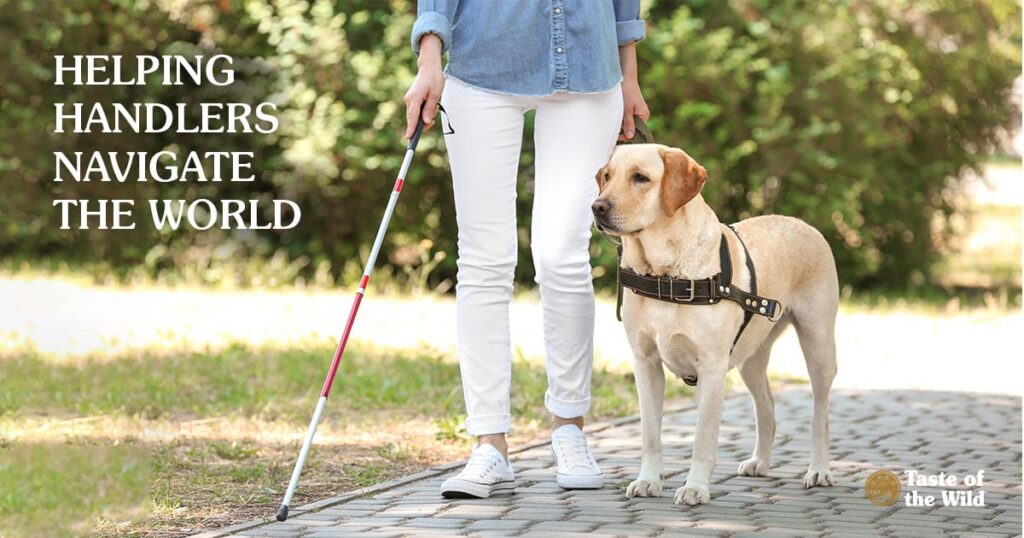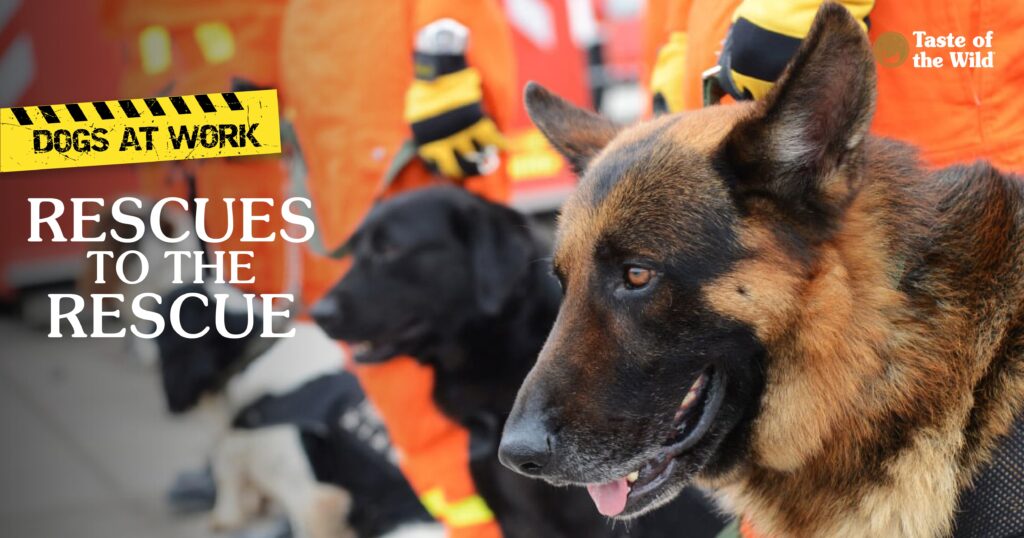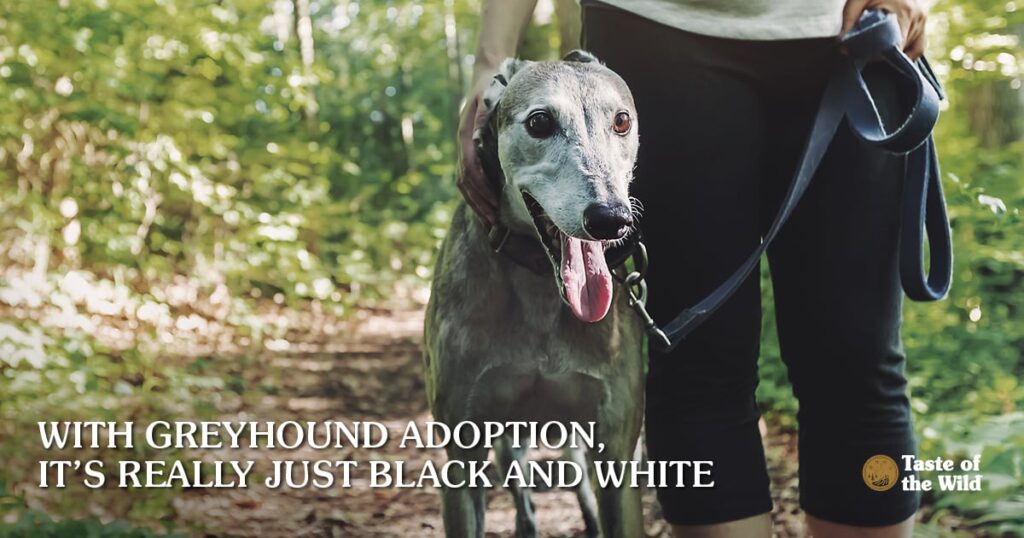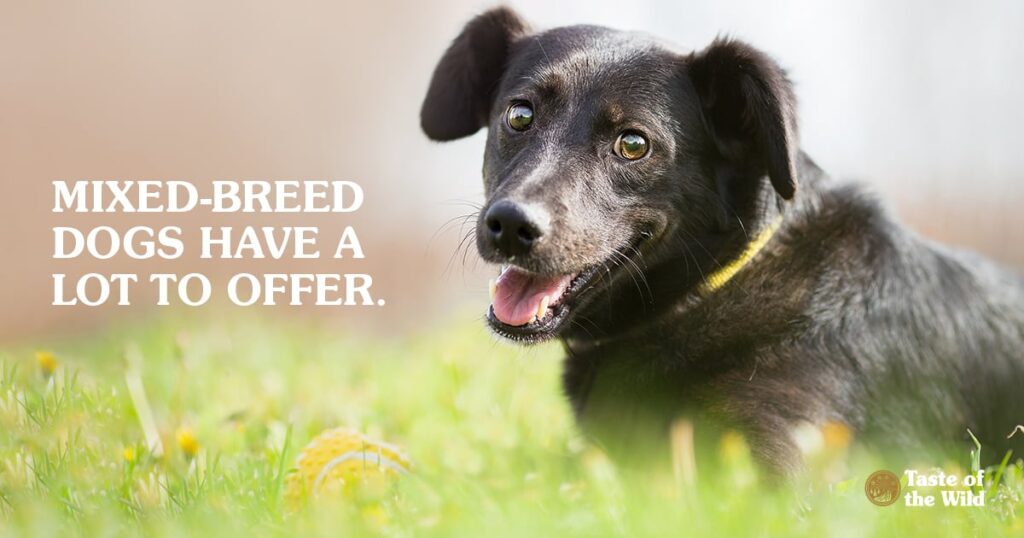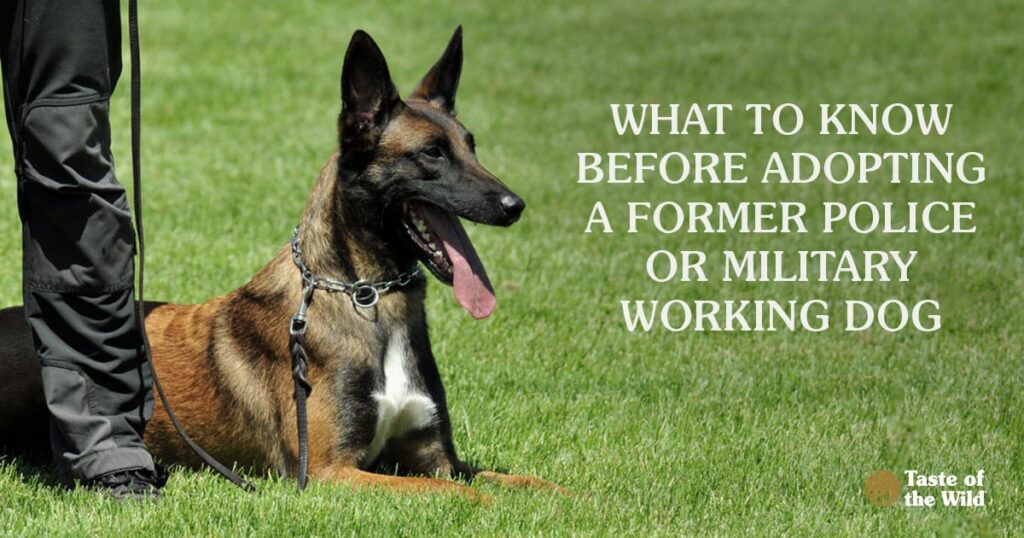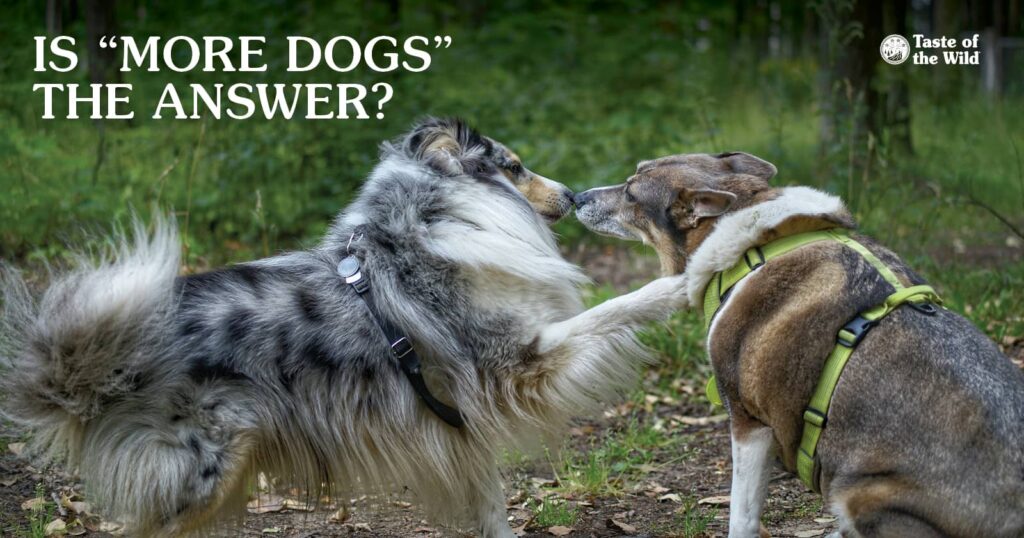
Do you ever worry that your dog might be lonely for some canine companionship? Maybe you can’t spend as much time at home as you did before. Or perhaps you’ve recently lost an older dog. But how do you know if your first dog would really love or really hate a second dog in the house?
Does My Dog Need a Friend?
First, dogs are social animals, so most dogs like the company of others. But finding the right match for your dog is a little like setting up a friend on a blind date. For some dogs, it’s love at first sight, others take a while to click, and some dogs will always just feel “meh” about other dogs. There’s no guarantee that two dogs will be best friends. If you’re looking to add multiple dogs to your family, here are some considerations to help you make the right choice.
Evaluate Your Current Dog
What’s your first dog’s temperament like? Do they play well with other dogs, or do they tend to be either submissive or aggressive in social situations? Do they have food aggression? An aggressive dog may not take well to sharing its space, food, toys or humans with another family member and may prefer to be alone. Likewise, a dog that was submissive to your previous pet may come out of their shell when allowed to be the only dog in the home.
Does your current dog have any medical or behavioral issues? You might think a second dog would be the answer for a dog with separation anxiety, but this isn’t always the case. And if your first dog is a digger or barker, consider getting those problems under control so they don’t teach your second dog the same behaviors.
“What I Wish I Knew Before Getting a Second Dog”
While it might help to take your dog to a shelter to meet other dogs, this can be a stressful and unfamiliar environment. Even if the dogs appear to interact nicely there, that doesn’t mean the same will be true when you get home. It’s better to work at finding a second dog that’s a good match for your first dog and make introductions later.
Some breeds, such as golden retrievers and labradors, tend to be more dog-friendly than other breeds and may blend in with other family members more easily.
When it comes to activity levels, opposites don’t always attract. If your current dog is a bulldog that prefers couch surfing, introducing a high-energy border collie as your second dog may not be the best companion dog for them. Although there can be dog-to-dog variations, selecting a second dog who’s the same breed as your first dog may help ensure similar energy levels — if not immediately in the case of an adult dog and a puppy, then eventually.
Also consider your current dog’s age. Don’t assume a new pup will revitalize an older dog. It could happen if your gray-muzzled old dog is in good health, but if they suffer from arthritis or other medical problems, adding a rambunctious new puppy may be frustrating for older dogs.
The sex of the new dog also matters. Fights are more likely to break out between two female dogs. It’s better to have two of the opposite sex (neutered and spayed, of course) or two neutered male dogs.
Current Dog Meet New Dog
Before any doggy introductions, make sure to take the second dog to your veterinarian for a thorough physical exam. Your vet will make sure the new dog is fully vaccinated and free of diseases and parasites.
Introductions are best done in a neutral space, such as in a public park. With the two dogs on leashes, allow them to sniff and explore each other. Praise them for calm interactions and provide treats. Watch their body language and intervene if there’s any sign of aggression. If possible, take them on a walk together, liberally doling out praise and goodies.
Before you bring the second dog home, make sure that each dog has its own bed as well as water and food bowls. Remove any toys, especially your current dog’s favorites, so there won’t be any competition for resources. Allow your current dog to enter the house first. You may want to leave the leashes on them initially or put the second dog in a crate so the current dog can feel free to sniff and become more familiar.
How to Introduce Dogs to Each Other
All interactions between the two dogs should be supervised. If you need to leave the house, put them in separate rooms or crates to make sure nothing happens while you’re gone.
Start by always giving the first dog their food or treats first. You may need to feed them in separate rooms initially. Once mealtime is over, remove any remaining kibble to eliminate food rivalry. Eventually, the two dogs will work out a hierarchy of their own. If your dogs still have trouble getting along, consult a trainer or veterinary behaviorist.
Is it Better to Have Two Dogs?
We’ve talked a lot about getting a second dog and what that means from the dogs’ point of view but there are few things to consider for you, too. Do you have the resources for double the food, double the vet bills and double the care? Are you ready for the extra responsibilities of owning a second pet? There are certainly a lot of shelter dogs who need a good home and can provide wellness benefits for their pet parents. Ultimately, it’s up to you to decide whether you feel comfortable with bringing home a new dog and how you think your current dog will react to a new pet in the home.


